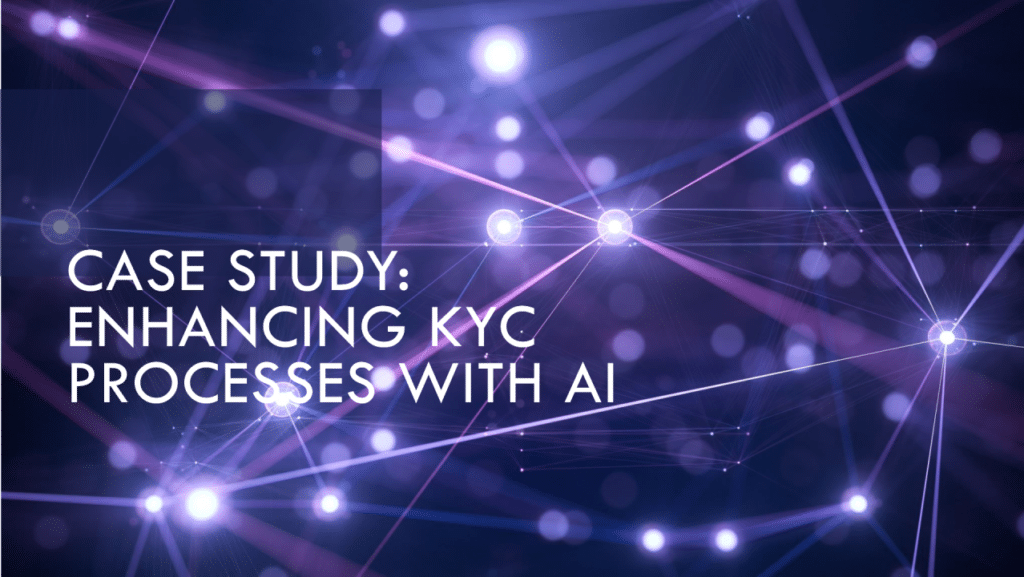Case Study: Enhancing KYC Processes with AI-Driven ID Image Segmentation and Orientation Correction for Fintech Company by mobifly
Introduction
Know Your Customer (KYC) is a critical process for financial institutions and various online platforms to ensure customer identity verification to comply with regulatory requirements. However, the manual handling of ID documents can be time-consuming and prone to errors. This case study explores how an AI-powered KYC application significantly improved the efficiency and accuracy of ID document processing by automatically segmenting ID images, removing unnecessary backgrounds, and correcting their orientation.
Problem Statement
The KYC process involves verifying the identity of clients, which typically requires them to submit identification documents such as passports, driver’s licenses, or national ID cards. Challenges in this process include:
- Varied quality and orientation of ID images submitted by users.
- Presence of backgrounds or other objects that can obscure important details.
- Manual verification being time-intensive and error-prone.
To address these issues, a fintech company sought to leverage AI technology to streamline their KYC operations.
Solution Implementation
Mobifly developed an AI-powered KYC application with the following capabilities:
1. Image Segmentation: Using deep learning models, specifically convolutional neural networks (CNNs), the application segments ID documents from the submitted images. This process involves distinguishing the relevant ID area from the rest of the image, effectively removing any unrelated background or objects.
2. Background Removal: After segmentation, the application employs algorithms to remove any background, focusing solely on the ID document. This step ensures that only the essential information is processed, improving the system’s accuracy.
3. Orientation Correction: To facilitate better reading and analysis, the application automatically detects the orientation of the ID document and corrects it if necessary. This feature uses image processing techniques and machine learning models trained on thousands of ID images in various orientations.
4. Integration with KYC Workflow: The processed images are then seamlessly integrated into the KYC workflow for further verification steps, such as data extraction and validation against official databases.
Results
The implementation of the AI-powered KYC application resulted in several notable improvements:
– Increased Efficiency: Automation reduced the time required for ID verification by up to 70%, significantly speeding up the onboarding process for new clients.
– Enhanced Accuracy: The application’s ability to focus on the ID document, free from background distractions and in the correct orientation, improved the accuracy of subsequent data extraction and verification steps.
– Better User Experience: Clients appreciated the simplified submission process, as the system could handle images of varying quality and orientations without requiring resubmissions.
ConclusionThe AI-driven KYC application demonstrated the potential of machine learning and image processing technologies to revolutionize traditional processes. By automating the segmentation, background removal, and orientation correction of ID images, the fintech company not only enhanced operational efficiency and accuracy but also offered a better experience to its clients. This case study serves as a testament to the transformative impact of AI in streamlining regulatory compliance and operational processes.


